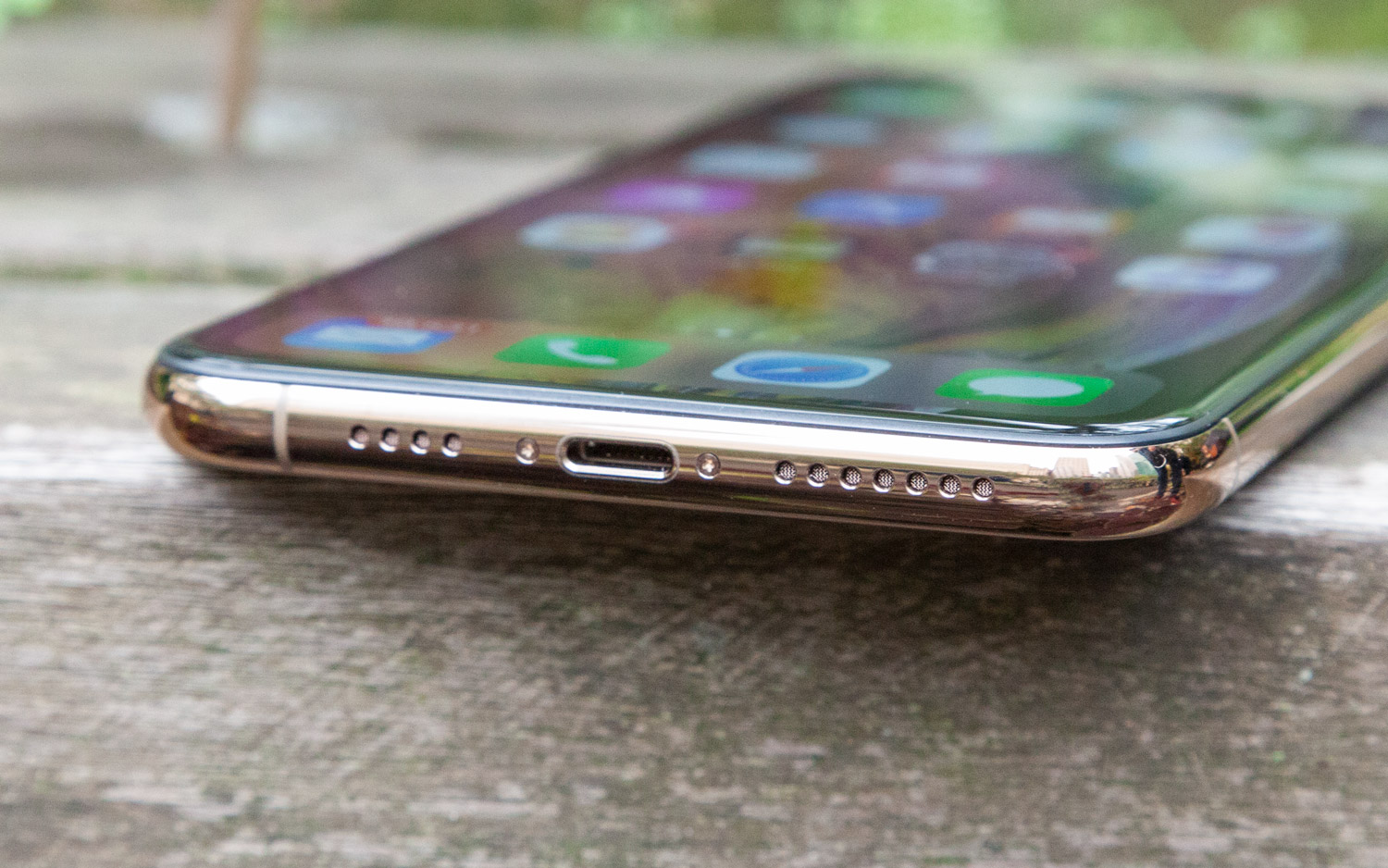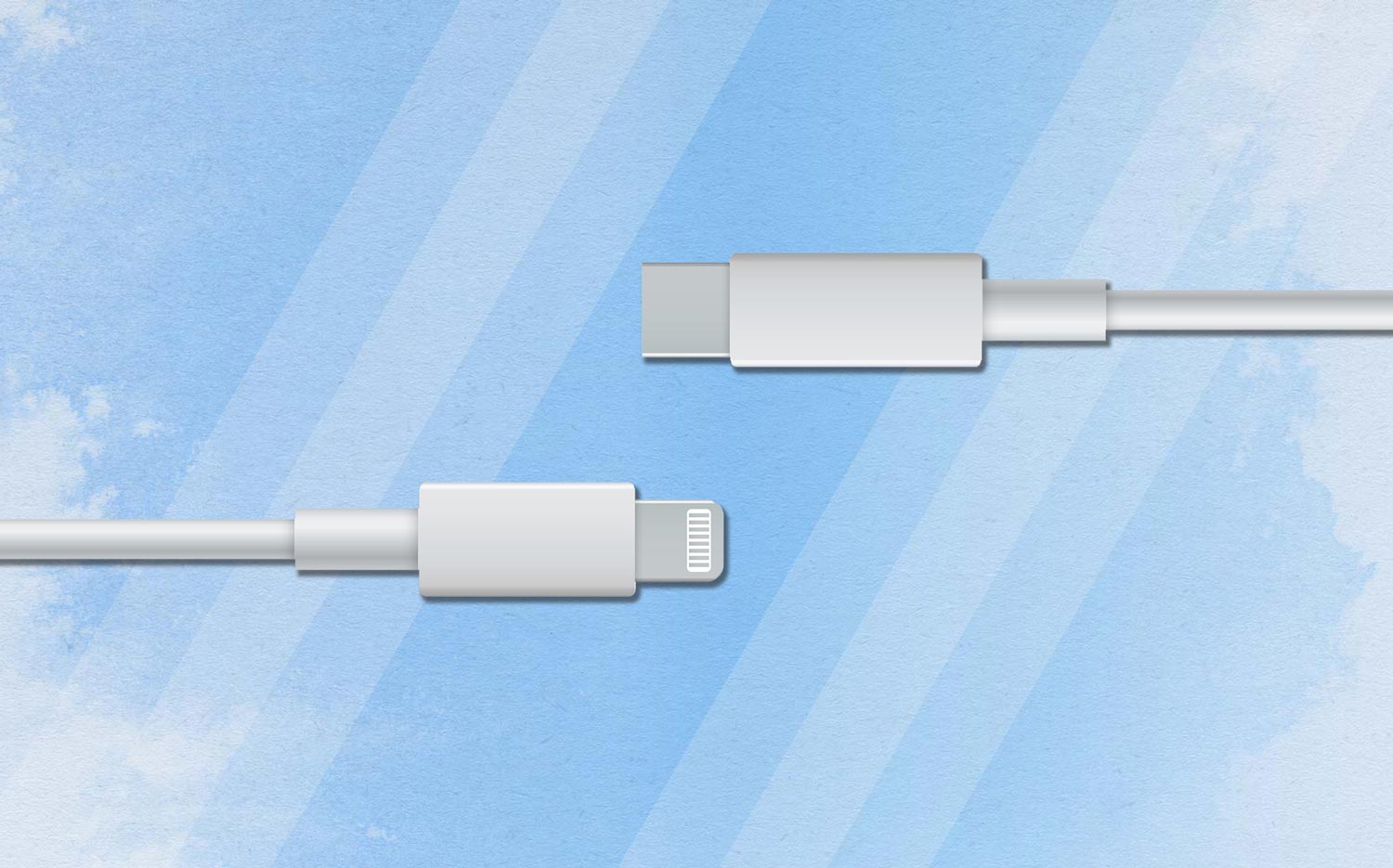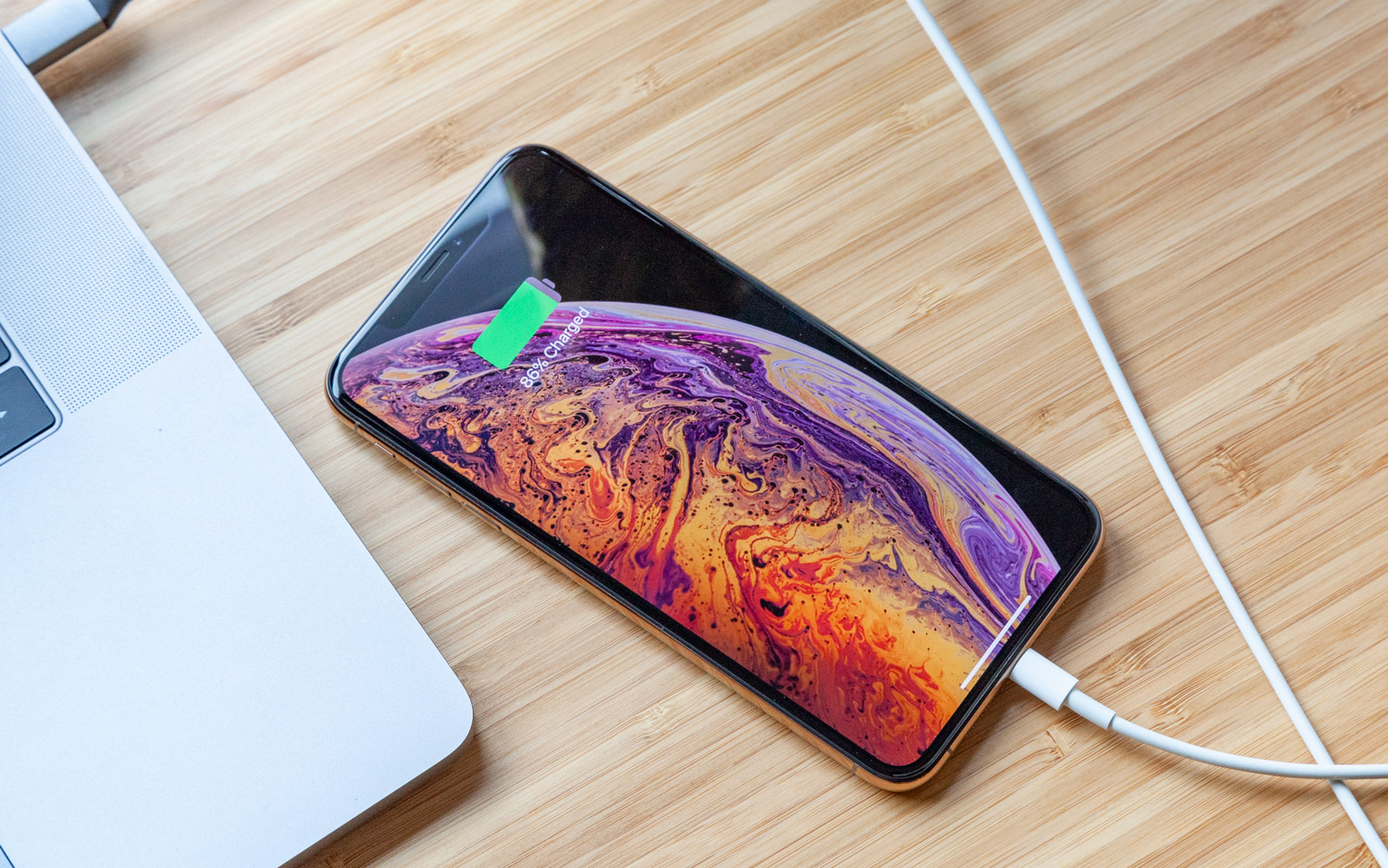The Fate of Lightning: Will Apple Go All-In On USB-C?
Apple's Lightning connector is fading, but will it vanish with the next iPhone?
When Apple revealed that the new iPad Pro would adopt USB-C, it felt as though a gate to the company’s famed walled garden was starting to creak open. By abandoning the Lighting connector, a company notorious for keeping an airtight grip on its proprietary accessories may have signaled the death of a cable millions of people use to charge their iPhones and iPads.

There are several clear reasons why Apple would adopt the latest charging standard for its performance tablets. USB-C enables the iPad Pro to connect to a growing field of accessories, including hubs and peripherals. Not to mention, the modern port offers faster charging and data transfer speeds than Lightning.
While we haven't previously seen USB-C on a product running iOS, Apple was actually early to adopt the port on its MacBooks. Now that the MacBook Air has been refreshed, a USB-C input is offered throughout Apple's lineup of laptops. And that means you can charge your iPad with the same cable you use to charge your Apple laptop.
USB-C for iPhone?
After the iPad Pro reveal, speculation shifted to whether Apple will give the iPhone the same USB-C treatment, and in doing so, zap the Lightning connector once and for all. Moving everything over to USB-C may seem like an obvious next step, but the transition may not be as instantaneous as expected.

Remember, the iPhone and iPad Pro are marketed toward a different group of consumers. Apple sees the $999 iPad Pro as a productivity tablet for professionals, so they can touch up photos in Photoshop or edit spreadsheets. The device moves ever closer to replacing the laptop in the same way Microsoft sees its Surface 2-in-1s as a tablet/computer solution. The iPhone, on the other hand, is meant for everyday consumers and, therefore, doesn't urgently need the benefits provided by USB-C.
"USB-C opens up entirely new use cases, like mirroring out to monitors, connecting to a wide range of peripherals, and mass storage devices. (iOS’ file system doesn’t support that last use case yet, but there’s always next year.) That’s why Apple’s professional-oriented products like the Mac and iPad Pro have all switched over to USB-C," Avi Greengart, research director of consumer platforms and devices at GlobalData, wrote to Tom's Guide in an email.
Get instant access to breaking news, the hottest reviews, great deals and helpful tips.
"Lightning gives Apple more quality control over its ecosystem (along with licensing revenue), so I don’t expect Apple to abandon it on its consumer-oriented mobile products like the iPhone or even the iPad any time soon," he added.
MORE: Why Apple Can't Sell Me on Lightning Headphones
Another reason Apple could delay the switch to USB-C on all its devices is to keep a stronghold on its proprietary standard. The Lightning cable, now six years in existence, has grown ubiquitous. Even if you don't own an iPhone, it's hard to avoid overhearing people asking others for an Apple cable to charge their devices.

With a proprietary cable, Apple sells tons of Lightning adapters and influences the accessories market with its Made for iPhone (MFi) certification. The company will reportedly do the same with USB-C-to-Lightning adapters, but that could take some time.
"Lightning gives Apple more quality control over its ecosystem, so I don’t expect Apple to abandon it on the iPhone any time soon." — Avi Greengart, research director of consumer platforms and devices at GlobalData
"The challenge for Apple, with Lightning, is it's a proprietary port so they can control not only the standard but they can ensure that things that are created have received their stamp of approval and will always work a certain way," Tom Mainelli, program vice president at market research firm IDC, told Tom's Guide.
"That has been the Achilles heel of Type-C til now — you don't always get the same features when you use any Type-C plug," Mainelli added. "Apple has always tried to secure a certain level of experience, and when you move to Type-C, that does add a level of uncertainty in terms of capabilities. They will probably wait until more of that is solidified until they move the tens of millions of people who buy iPhones over."
What could change
That's not to say Apple won't transition the iPhone's Lightning connector to the USB-C port somewhere down the line. After all, the company was more than willing to dump the 30-pin connector in favor of Lighting back in 2012 after its 10-year reign. But with a lot riding on the iPhone — it accounts for just under two-thirds of the company’s business — Apple may take a more conservative approach.
"We [might not] see Type-C come to the iPhone until we see a more radical, physical redesign of the phone." — Tom Mainelli, IDC
"When Apple made the original announcement my first reaction was: The Lightning port's days are numbered," Mainelli said. "As I think about it more, I think that statement is probably true long-term, but it's probably not going to happen too terribly soon on the iPhone."
Mainelli continued, "[On] this generation of iPhones, the form factors are relatively new, so I would expect that Apple will stick with Lightning on the X, XS Max and XR, certainly for the next revision or two. If anything, we don't see Type-C come to the iPhone until we see a more radical, physical redesign of the phone."

As the fate of the Lighting connector hangs in the balance, a cordless elephant in the room casts a shadow over the future of ports in general. While it struggles to push out its own wireless charging pad, Apple has gone full steam ahead on wireless.
Just in the last few years, Apple has released a pair of fully wireless earbuds (AirPods), added Qi wireless charging support for the iPhone, and, most recently, cleverly integrated a cable-free charging solution for its Pencil stylus on the new iPad Pro. Will Apple build a port-free iPhone? Eventually, but probably not before it adopts USB-C.
MORE: USB Type-C FAQ: Everything You Need to Know
"We will likely see a transition to Type-C before going completely wireless. I think there are still use cases and customers who are going to want the flexibility that a physical port brings about," Mainelli said. "We saw, with the new iPad Pro and Pencil 2, Apple's leaning into this idea around wireless even further. I think that's the ultimate endgame."
Don't be surprised if the next iPhone doesn't feature a USB-C port. You might just have to wait a year or two longer — that is, unless Apple finds a solution to get rid of cords altogether.
Credit: Tom's Guide
Phillip Tracy is the assistant managing editor at Laptop Mag where he reviews laptops, phones and other gadgets while covering the latest industry news. Previously, he was a Senior Writer at Tom's Guide and has also been a tech reporter at the Daily Dot. There, he wrote reviews for a range of gadgets and covered everything from social media trends to cybersecurity. Prior to that, he wrote for RCR Wireless News covering 5G and IoT. When he's not tinkering with devices, you can find Phillip playing video games, reading, traveling or watching soccer.
